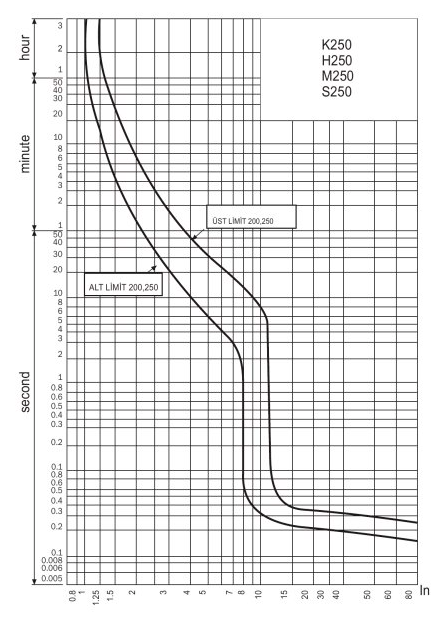The manufacturers declared Im is 8xIn which is not adjustable. If I need 5s disconnection time for ADS reasons, do I use the "ust" curve which looks to be around 12xIn?

Indeed there is not much point in a wire armour unless it is earthed to something that will pop the ADS in someway. Even a garden fork is capable of separating the strands on smaller SWA, let alone anything more agricultural. You'd not like that to stay live all day.
However I presume this is 35 or 50mm2 cable so fairly tough.
A fault loop of 0.22 ohms (ISC of what - about 1kA-1,1kA ?) seems a bit high for a 200A breaker, especially one that needs 10 to 12 times the 200A depending on the model chosen to be sure it will trip promptly.
If it does not go in 5 seconds it may go in 10-20...
Mind you , on a TNC-s supply, that impedance will be similar for the L-N loop as well and so that also suggest up to 20% voltage drop at 200A load so perhaps something in the supply is a bit undersized (well over-long and/or too thin), or the breaker a bit on the large side for what it is meant to protect. Or the test result is a bit off.
In many ways a fuse may have been better, and I think you are right to raise at least a curious eyebrow and perhaps to request an explanation.
Mike.
Indeed there is not much point in a wire armour unless it is earthed to something that will pop the ADS in someway. Even a garden fork is capable of separating the strands on smaller SWA, let alone anything more agricultural. You'd not like that to stay live all day.
However I presume this is 35 or 50mm2 cable so fairly tough.
A fault loop of 0.22 ohms (ISC of what - about 1kA-1,1kA ?) seems a bit high for a 200A breaker, especially one that needs 10 to 12 times the 200A depending on the model chosen to be sure it will trip promptly.
If it does not go in 5 seconds it may go in 10-20...
Mind you , on a TNC-s supply, that impedance will be similar for the L-N loop as well and so that also suggest up to 20% voltage drop at 200A load so perhaps something in the supply is a bit undersized (well over-long and/or too thin), or the breaker a bit on the large side for what it is meant to protect. Or the test result is a bit off.
In many ways a fuse may have been better, and I think you are right to raise at least a curious eyebrow and perhaps to request an explanation.
Mike.
We're about to take you to the IET registration website. Don't worry though, you'll be sent straight back to the community after completing the registration.
Continue to the IET registration site